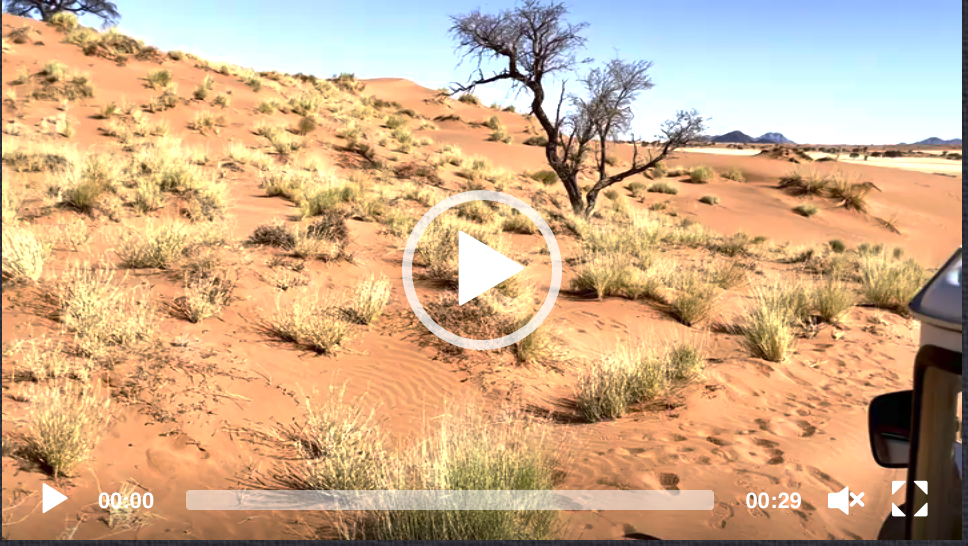MACHU PICCHU 2022
LIMA: A CITY OF CONTRASTS
DAY 2 : THURSDAY June 23, 2022
Lima is big! Founded in 1535 by the Spanish conquistador Francisco Pizarro, the city is home to almost 8.5 million people. As you can see from the map, the hotel (Casa Andina Private Col) is in the Miraflores District of Lima and is a bit of a ride from the airport. It is actually only 20 km which isn’t too bad but after traveling for a full day, the ride through the small street and alleys before we got to the road along the shore sure seemed to be a long ways out.
The day started with breakfast in the hotel and then meeting the other three travel mates and our local guide. They had bikes ready out front of the hotel for us (not exactly new or state of the art but they worked) and soon a second local guide arrived to take us on our bike tour of the area.
I did make a mistake and assumed that it would warm up during the day - the forecast had no rain. So I dressed in shorts and t-shirt for the ride but no jacket. I found out that it is usually cloudy and humid along the coast in the area and the sun doesn’t break through very often. So my day ended up with me being a bit chilly but tolerable. The others had more sense and were properly clothed :)
As we rode the bikes down from the hotel we enjoyed the local traffic in the small streets (the hotel was up the hill with cliffs along the ocean below it). Our first stop was the Huaca Pucelana ruins in the middle of the city. If you look closely at the bricks that were used, they appeared to be normal sized bricks and seemed to be have been positioned vertically. Very different from the temples and pyramids that most people are familiar with which are often constructed with large blocks of stone. The ruins excavation is on-going. We did not have time for a tour inside which I suspect would have been very interesting.
After that we headed down to the cliff side where there is a very unique park - Parque del Amor (Love Park). In addition to the main statue in the middle, there was some very nice mosaic work along the paths. It was very relaxing and a wide variety of people were out enjoying it. They were also better dressed for the low handing clouds.
After that we stopped for a drink and snacks at a small little cafe. It was tucked away in a building with a small open courtyard and had all kinds of small local items on display. The people running it were very friendly which made for a nice little stop.
After that we headed to the Barranco District where we saw a lot of colorful artwork on the buildings and bridges. It had an old church (La Ermita de Barranco) that was planned to be restored. Originally built in 1901, it was severely damaged in a 1940 earthquake at which point it was closed. The front and bell towers were rebuilt but unfortunately the roof is almost completely collapsed. We walked across the “Pence de Los Suspiros” (Bridge of Sighs) which has a few local legends tied to it. Coming off the bridge we had a view of another bridge with some great artwork which included the saying “Hagamus un Perú qua nos dé gusto” (Let’s make a Peru that pleases us). This also happens to be a slogan for the drink, Inca Kola.
Considering that this district had received major damage in an earlier war with Chili and later in a major earthquake, it has been rebuilt and is home to many creative people.
The last stop on our bike tour was lunch at the Mangos Restaurant with outdoor seating overlooking the ocean down below. It was really busy with customers clearly enjoying themselves. This is where out guide introduced us to Pisco Sours - the national drink in Peru. I was instantly addicted to it and had one wherever I could for the rest of the trip.
We had some rest time before dinner which was nice. Then back to the Huaca Pucelana Restaurant which overlooks the same Huaca Pucelana ruins that we had seen earlier. Beautiful view with the lights on the ruins and the food was delicious.
One last observation from that day - indoors, due to Covid, masking was required except for when eating. This was well accepted and important with a city the size of Lima, especially with their limited health care capabilities and the fact that many workers could not afford to skip work. It was very critical to keep any and all infections limited to avoid overwhelming their health system.
PHOTO SHOWCASE
- click on any panoramic image for a larger view
- click on any thumbnail image for a larger view/slideshow

























